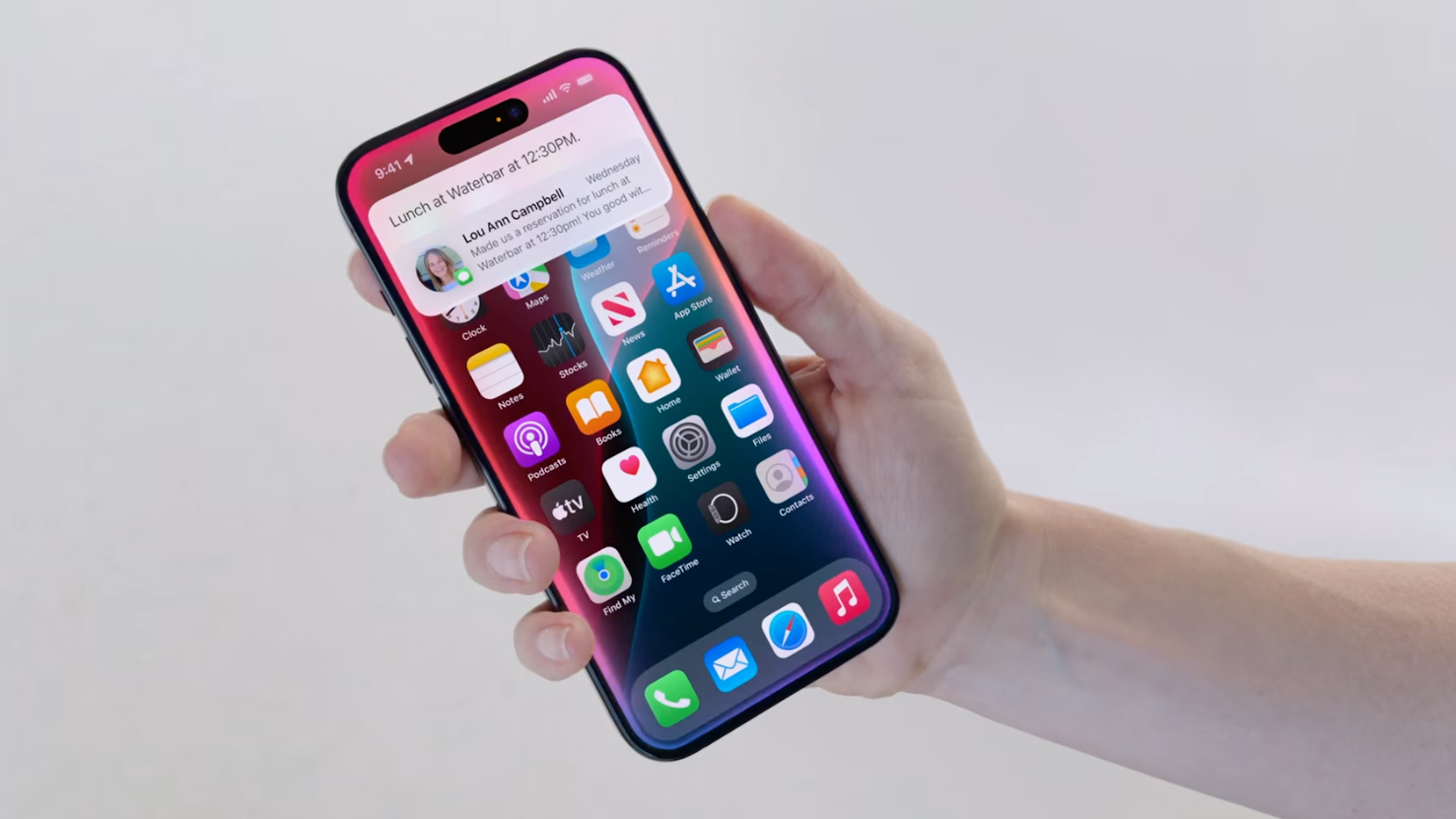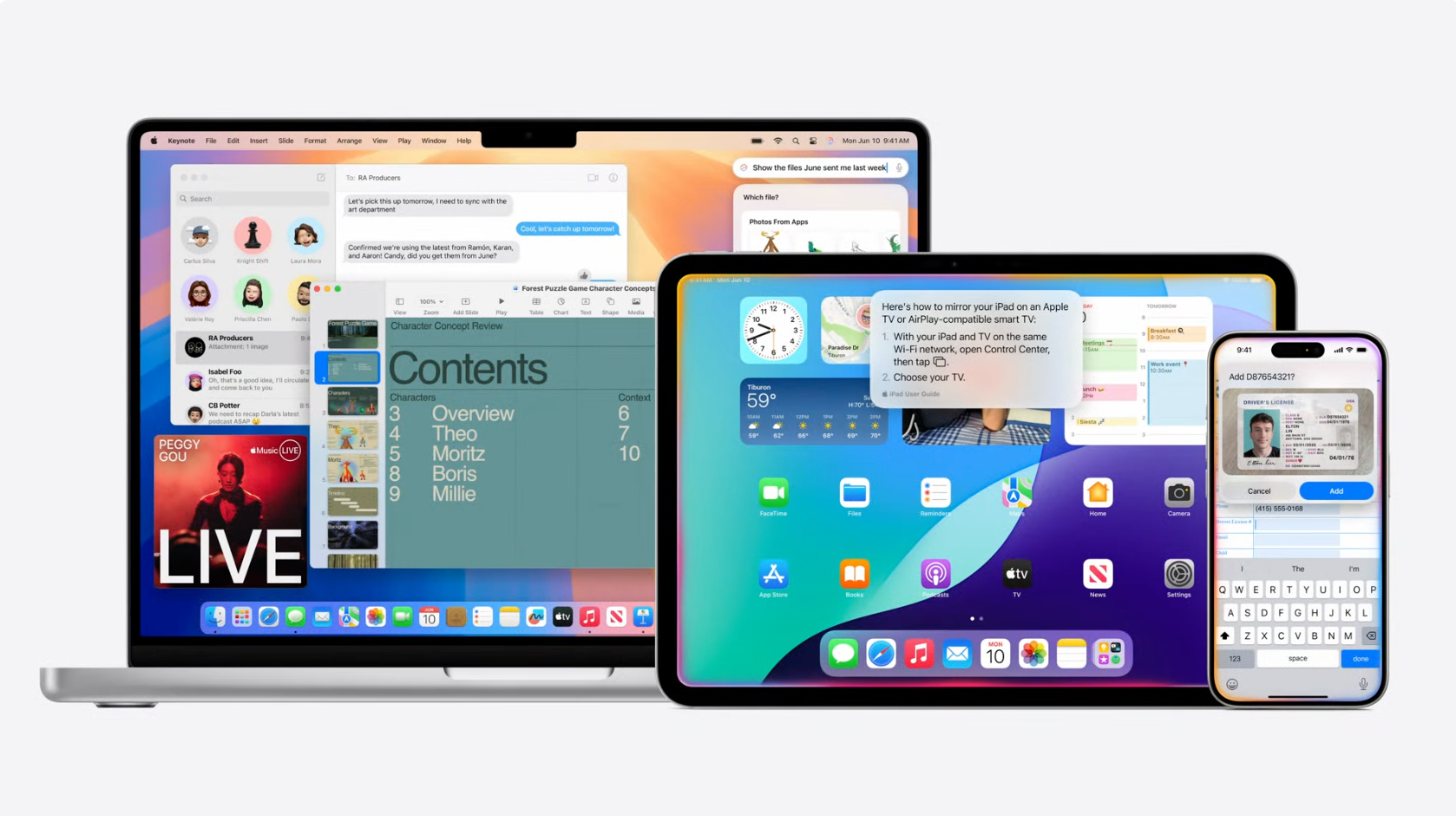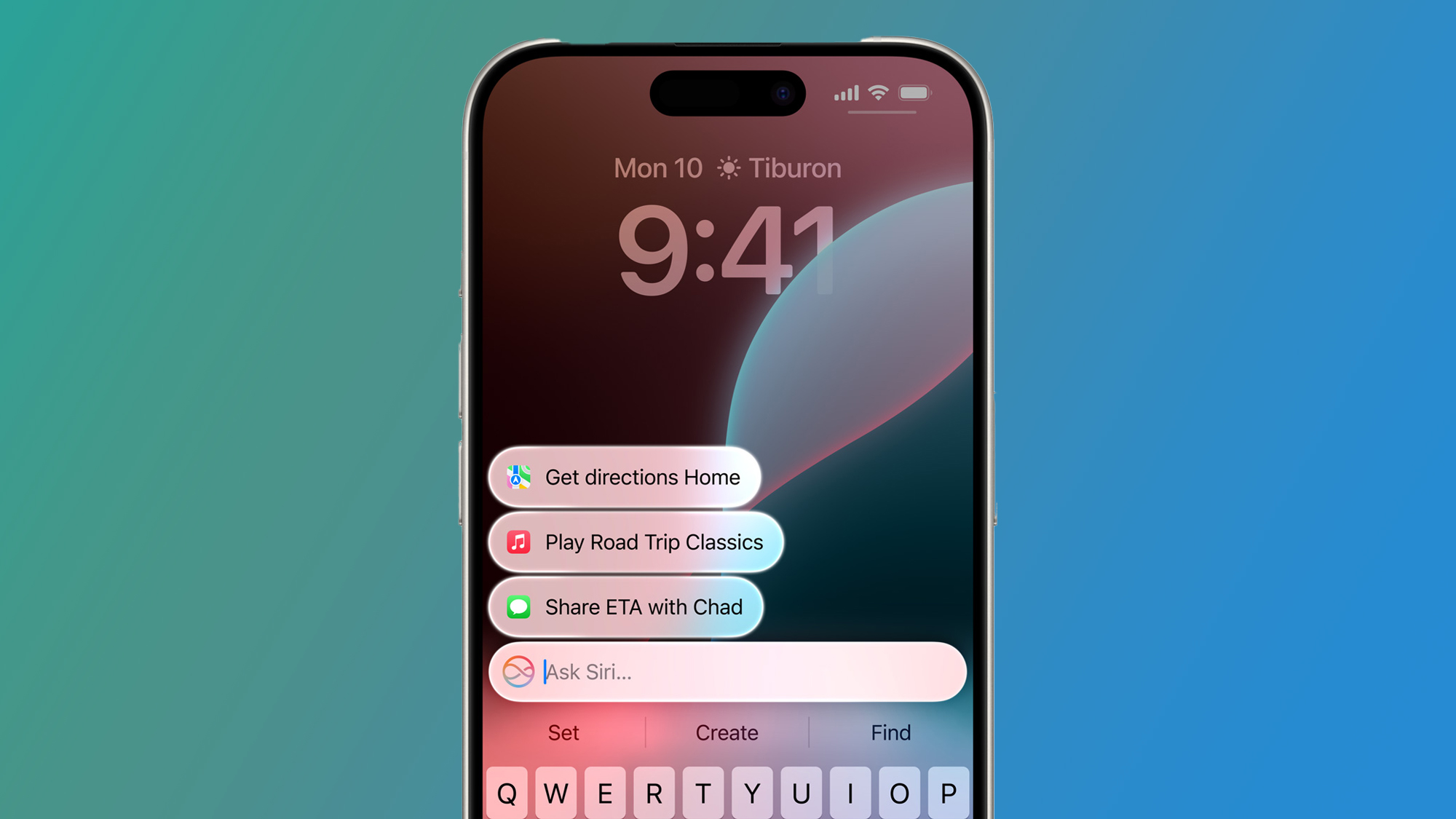What’s actually new in Siri in iOS 18.1? The Apple Intelligence upgrades explained – and what’s coming next
The best is yet to come

Apple Intelligence has arrived, and you can install it on compatible devices now by updating to iOS 18.1, iPadOS 18.1, or macOS Sequoia 15.1. As an Apple Intelligence expert I live and breathe everything to do with Apple AI, so this week, with the official launch of the new software, my iPhone has been pinging like crazy with messages from friends and family. All of them have the same question in mind: What’s going on with Siri? Wasn’t it meant to be super-smart?
You see, it shouldn’t take a rocket scientist to understand the Apple Intelligence launch but unfortunately, unless you consume all media related to Apple AI, there’s no way you’re going to know the ins and outs of Apple’s confusing launch schedule. Siri will indeed be super-smart – but not yet, and not for a while. Instead, Siri’s iOS 18.1 upgrades are more surface-level, focusing on a gorgeous new redesign and small quality-of-life improvements. So what’s actually new in Siri in iOS 18.1? Let’s find out.
A whole new look

Siri has a complete new redesign in iOS 18.1 and it’s glorious. The Siri colors pop from the edges of your device, and a purple hue takes over the whole display. This new design is a modern approach, allowing you to interact with your iPhone while speaking to the voice assistant. On Mac, you can place the Siri window anywhere on your desktop, allowing you to get tasks done while still interacting with your smart assistant. This is a huge change to Siri, as the assistant used to interrupt whatever you were doing on your device useless for a few seconds while it took over your screen. Now, the redesign feels fresh, and it’ll look right at home once Siri gains on-screen awareness functionality later next year.
In my time testing Siri in iOS 18.1, I’ve loved the way the redesign allows me to browse, scroll, and type while communicating with the voice assistant. It’s a great update, and one that will only improve further once more of Siri’s Apple Intelligence powers become available.
Siri lets you stumble
Siri, while not as smart as Apple promises its voice assistant will be come iOS 18.4 next year, does have more resilient request-handling capabilities in iOS 18.1. This means you can stumble while asking a question or change your mind mid-sentence, and Siri should be able to understand your request.
We’ve seen similar improvements to voice assistants like Gemini over the years, but it’s really nice to have this upgrade come to Siri. I’m the kind of person who always gets confused when asking a voice assistant to set alarms, and I’ve been burnt in the past with 1am wakeups when I’ve said the wrong thing by mistake. Those days are now gone, however, as Siri’s ability to understand mistakes and change outcomes on the fly means you can correct yourself whenever you need – a game-changer.
Type to Siri

You can now choose between speaking to Siri and typing to Siri on the fly. The way you activate Siri by voice hasn’t changed: simply hold down the power button on your device or say “Hey Siri”. For Type to Siri, however, Apple has added a new way to activate the voice assistant, by double-tapping the bottom bar on your device. When you do so, you’ll get a gorgeous new UI with a keyboard, allowing you to type whatever you want to ask the voice assistant, and receive a text response in return.
Get daily insight, inspiration and deals in your inbox
Sign up for breaking news, reviews, opinion, top tech deals, and more.
Type-to-Siri is fantastic for the times you don’t want others to hear what you’re asking Apple’s voice assistant, and while accessibility features existed in iOS 17 to allow a similar experience, this lets you choose between multiple inputs without heading to settings.
Your personal Genius Bar
Siri’s final major improvement in iOS 18.1 is the ability to answer thousands of Apple-related questions in seconds. The voice assistant has access to Apple’s support documentation and Apple Intelligence, allowing you to get the answers you need. Even if you don’t know the name of a feature, Siri will be able to determine what it is based on the description you provide. As someone who’s worked at Apple’s Genius Bar, I can guarantee that this will prove an invaluable resource, and it’s one that I wish I had access to, back when I was troubleshooting devices. Think of this new Siri feature as your own personal Genius Bar, right from the comfort of your smartphone.
The best is yet to come
iOS 18.1 brings a fantastic overhaul to Siri, but Apple’s voice assistant is still missing some of the best Apple Intelligence features. In iOS 18.2, Siri will gain ChatGPT integration, allowing you to ask more complex questions and get answers straight from OpenAI’s AI chatbot.
Next year, Siri will gain on-screen awareness and personal context, essentially turning the voice assistant into the Apple Intelligence core on your device. You’ll be able to use Siri as an even better personal assistant by asking questions related to the information you see on your device.
Apple Intelligence-powered Siri is a huge overhaul for Apple’s voice assistant, which has often felt underbaked despite now being over 10 years old. That said, things are looking bright, and while it may be confusing trying to work out what’s exactly new with each Apple Intelligence update, over the next year Siri is going to evolve into a whole new prospect. I’m excited to see what the future holds for Siri – and until then you’ve got a brand-new design to enjoy.
You might also like...

John-Anthony Disotto is TechRadar's Senior Writer, AI, bringing you the latest news on, and comprehensive coverage of, tech's biggest buzzword. An expert on all things Apple, he was previously iMore's How To Editor, and has a monthly column in MacFormat. He's based in Edinburgh, Scotland, where he worked for Apple as a technician focused on iOS and iPhone repairs at the Genius Bar. John-Anthony has used the Apple ecosystem for over a decade, and is an award-winning journalist with years of experience in editorial.